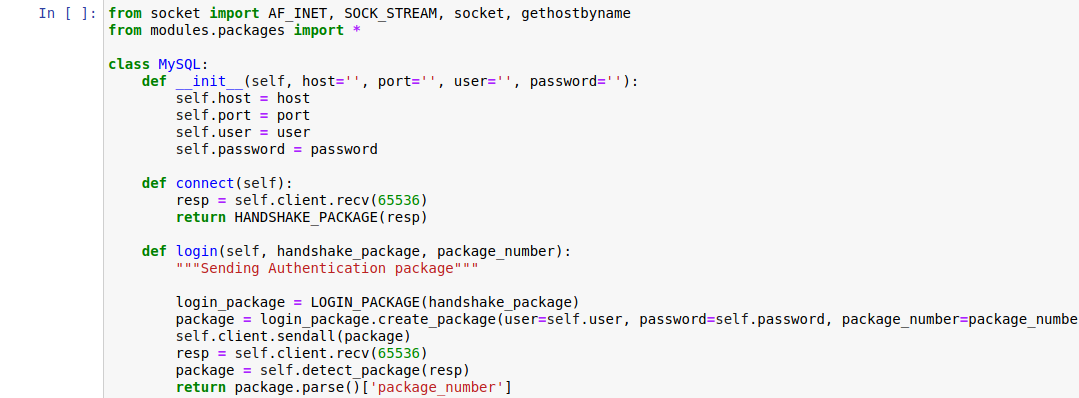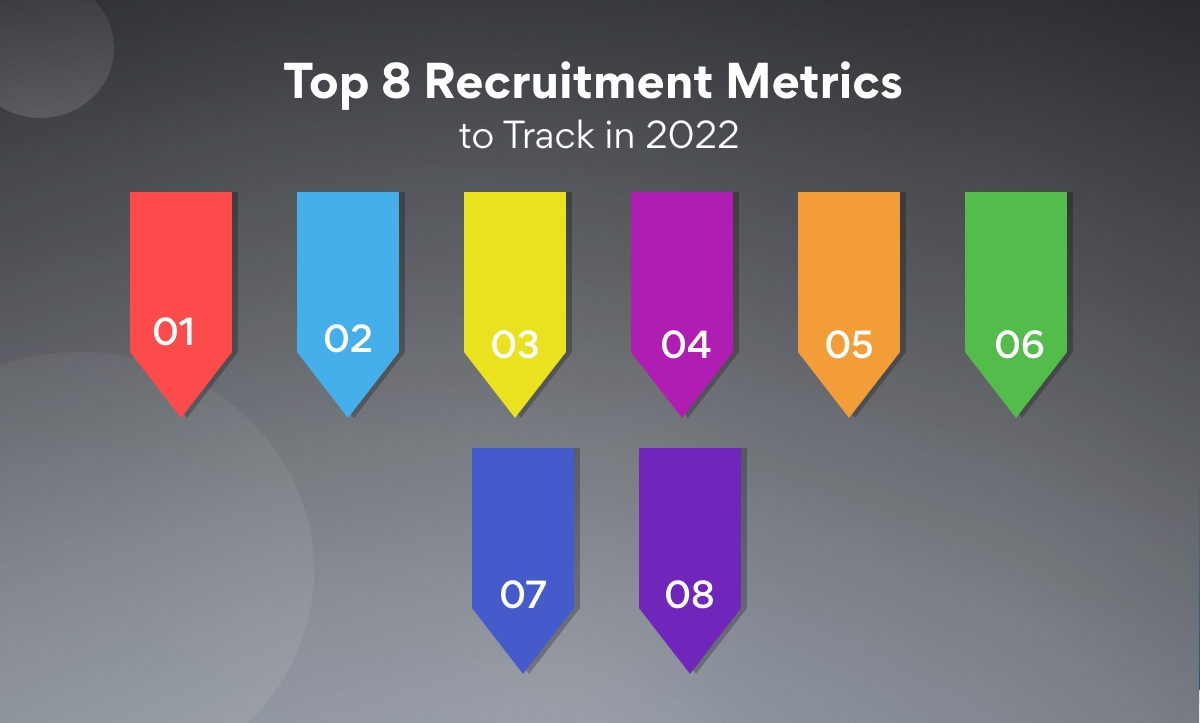
Top Eight Recruitment Metrics You Should Track in 2022
With the ever-increasing demand for hiring the best talent faster and efficiently, HR managers and recruitment teams are shifting towards data-driven recruitment for optimizing their hiring process. Recruitment metrics are an integral part of data-driven recruitment and help evaluate the health and effectiveness of the hiring process.
HR professionals can leverage these metrics and data analytics to attract talent and devise strategies to increase employee retention rates.
Recruitment metrics also assist talent acquisition teams in increasing business value and enabling strategic workforce planning.
Here are the top eight recruitment metrics you should track to make informed hiring decisions in this post.
Let’s get started!
Time to fill
This is one of the crucial recruitment metrics that allows HR managers to see how long it will take their team to fill open positions or replace churned employees.
Time to fill refers to the number of days it takes to source and hire a new candidate.
Usually, it is the amount of time between approving a job requisition and the candidate accepting your offer.
Several factors influence this recruitment metric, including supply, demand, industry requirements, or the speed at which your talent acquisition teams perform.

Recruitment metrics: Time to Fill vs. Time to Hire
Time to hire
‘Time to fill’ is often confused with ‘time to hire.’ However, they are entirely different recruitment metrics.
The time to hire metric tracks the speed at which a candidate is screened, evaluated, interviewed, and hired for a position.
It indicates the efficiency of the hiring process and the overall candidate experience.
This recruiting metric depends on the role type, industry, and your company’s hiring process.
Quality of hire
This is one of the most important recruitment metrics that indicates a new candidate’s value to your company’s long-term success.
As per LinkedIn’s Global Recruiting Trends Report, the quality of hire metric continues to be the most valuable KPI. This metric considers the following factors:
Sub recruitment metrics: Employee engagement
This metric describes the relationship between an organization and its employees qualitatively and quantitatively.
Sub recruitment metrics: Time-to-productivity
This measures the new hire’s time to full productivity. Gage fresh candidates on how quickly they attain certain productivity levels.
Sub recruitment metrics: Job performance indicators
These indicators are the reporting manager’s performance reviews for a given employee.
Sub recruitment metrics: Cultural fit
This metric is measured by 360-degree ratings of the new employees by their colleagues and managers.
According to The U.S. Department of Labor, a bad hire can cost your company 30% of the employee’s potential first-year earnings. Though measuring the quality of new employees can be subjective, doing so is critical for your organization’s success.
Source of hire
This recruitment metric indicates where your new hires come from.
This indicator can help identify which sources and channels bring in the most talented candidates for your open positions and drive significant business ROI.
You can analyze channels such as social media advertising, referrals, recruitment agencies, job listing platforms, paid advertising platforms, and your careers page to find the most successful one.
Applicants to hire ratio
This is a useful recruitment metric representing the number of applicants applying for a role to the number of candidates hired for that position.
It helps recruiters understand the intensity of the hiring process and decide if they should implement additional hiring criteria to vet candidates.
When the applicants-to-hire ratio is consistently higher, e.g., 100 applicants for one position (100:1), recruiters can use pre-employment tests and employ data-driven recruitment processes to save time and resources while hiring the most qualified candidates.
Cost per hire
This is an important hiring metric that indicates the efficiency of the recruiting process and helps evaluate the ROI.
Cost per hire is the average amount of money you spend for recruiting an employee. This measure comes in handy while tracking your recruiting budget.
CPH= (Internal Recruiting Costs + External Recruiting Costs) / Total number of hires
CPH includes recruitment costs, onboarding costs, travel costs, equipment, administrative costs and benefits, referral programs, job board fees, paid advertising costs, agency fees, among others.
Attrition rate
Attrition rate or churn rate is the rate at which employees leave your organization in any given period.
Attrition rate = Number of employees who have left the company / Average number of employees over a given period.
High attrition rates are a matter of concern for recruiters as replacing top talent can be costly in terms of money and resources required to onboard new candidates.
Companies need to evaluate this metric to understand their employee satisfaction levels and shape their employee retention strategies accordingly.
Candidate job satisfaction

Recruitment metrics: Job Satisfaction
This is yet another valuable recruitment metric that assesses the candidate’s experience with the recruiting process and their satisfaction in their current role in the organization.
One of the key indicators of candidate job satisfaction is the Candidate NPS (Net Promoter Score.)
This indicator helps HR professionals to understand how likely newly hired candidates are to recommend their organization to a friend/colleague based on their experiences.
Assessing a candidate’s experience is the key to acquiring top talent by understanding if the job description matches the new hires’ expectations and how well the recruiting team presents the job opportunity.
So, why should you track recruitment metrics?
Undoubtedly, recruiting top talent is crucial to an organization’s success.
It is high time that HR professionals start leveraging data and analytics to scale and optimize their recruitment processes to hire the most qualified candidates faster.
Switching to data-driven recruitment can help recruiters reduce hiring costs and maximize efficiency gains.
Monitoring recruitment metrics and using data can give you a competitive advantage and assist you in making well-informed hiring decisions that align with the business goals and ensure human capital and organizational growth.
Turing is a deep jobs platform that uses AI to source, vet, match, and manage software developers from across the globe. We make the remote hiring journey easy and rewarding for both companies and developers.
With Turing, companies can hire pre-vetted, Silicon Valley-caliber remote software talent across 100+ skills in 3-5 days. From Fortune 500 companies to fast-scaling startups, hundreds of organizations trust us to scale their offshore engineering teams effortlessly.
More than 200 firms, including well-known, new-age companies backed by top firms like Google Ventures, A16Z, Bloomberg, Khosla ventures, etc., have hired our pre-vetted developers.
Tell us the skills you need and we'll find the best developer for you in days, not weeks.


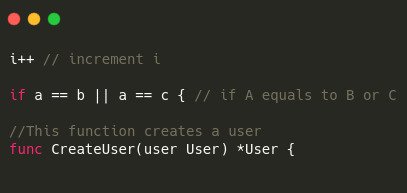




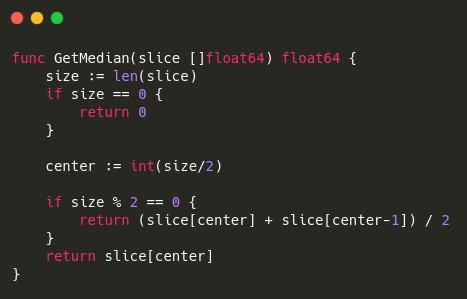
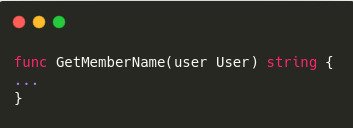
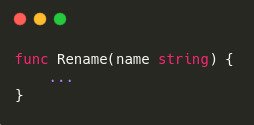
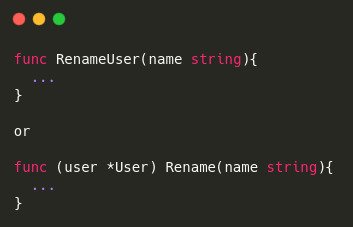
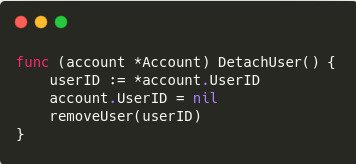

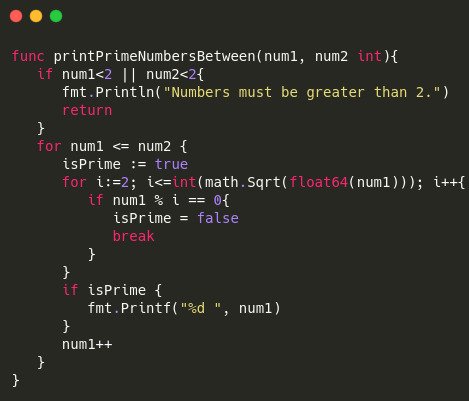
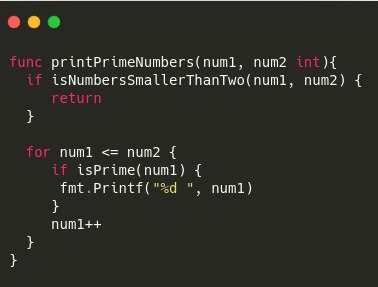
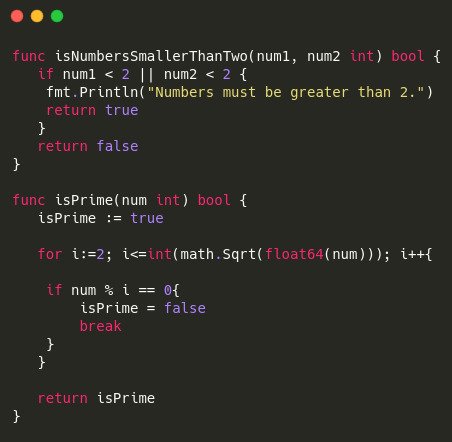
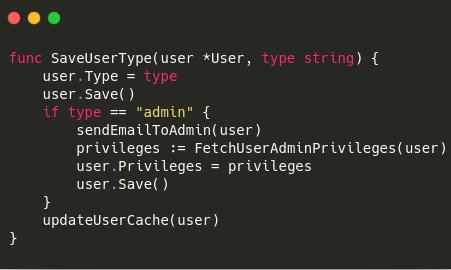
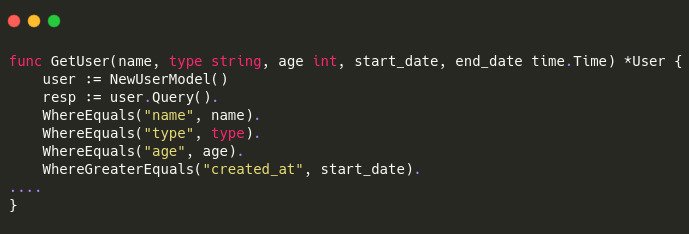




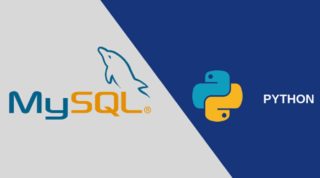

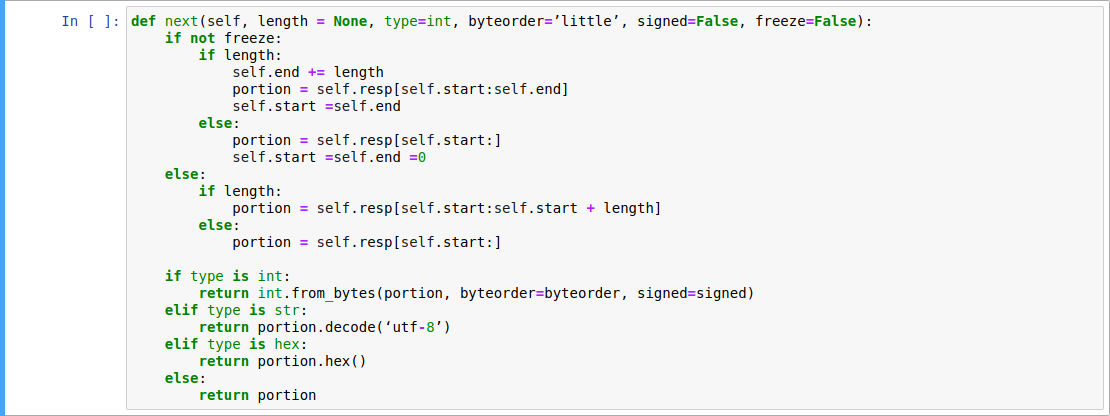








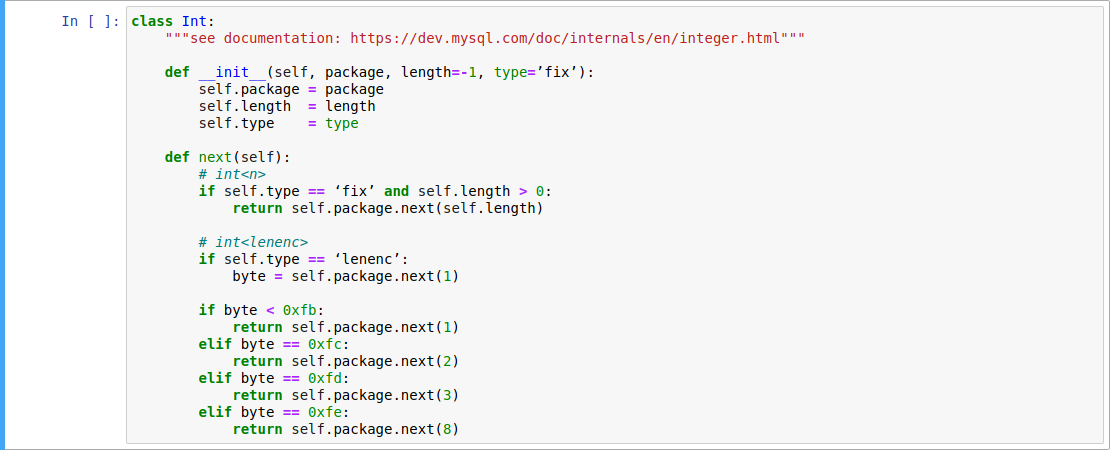
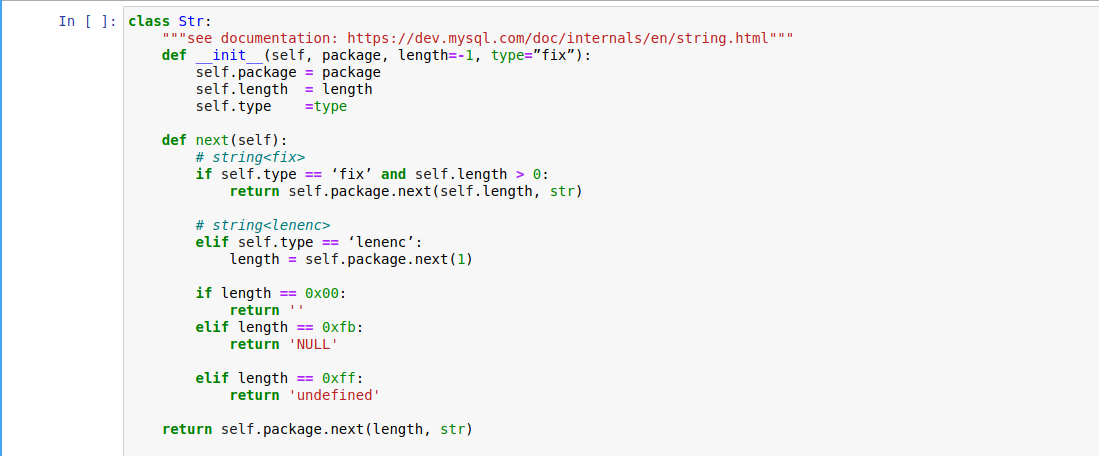
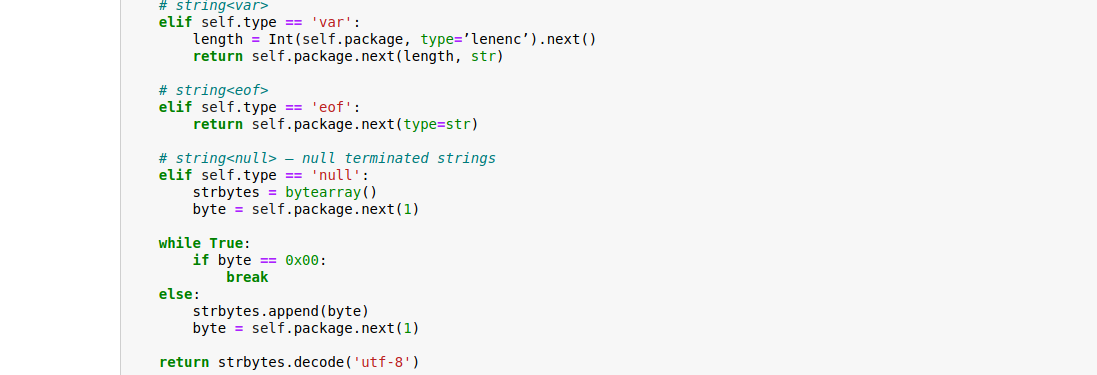
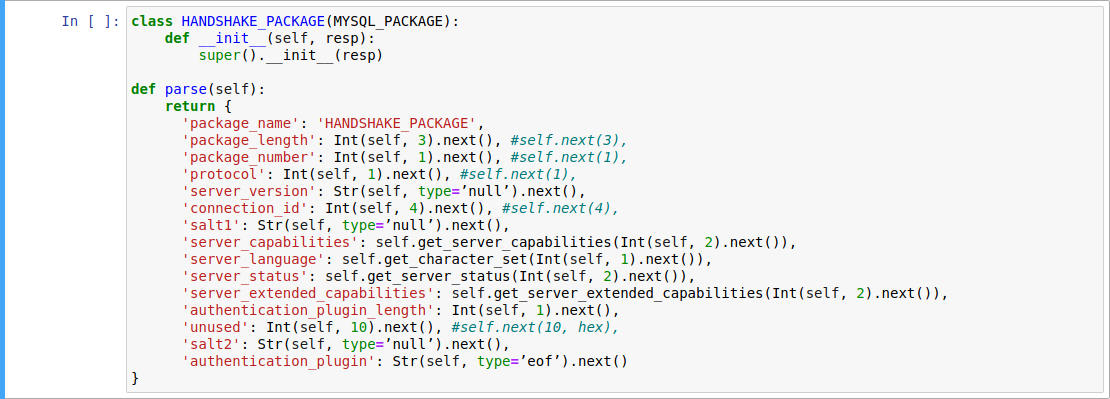
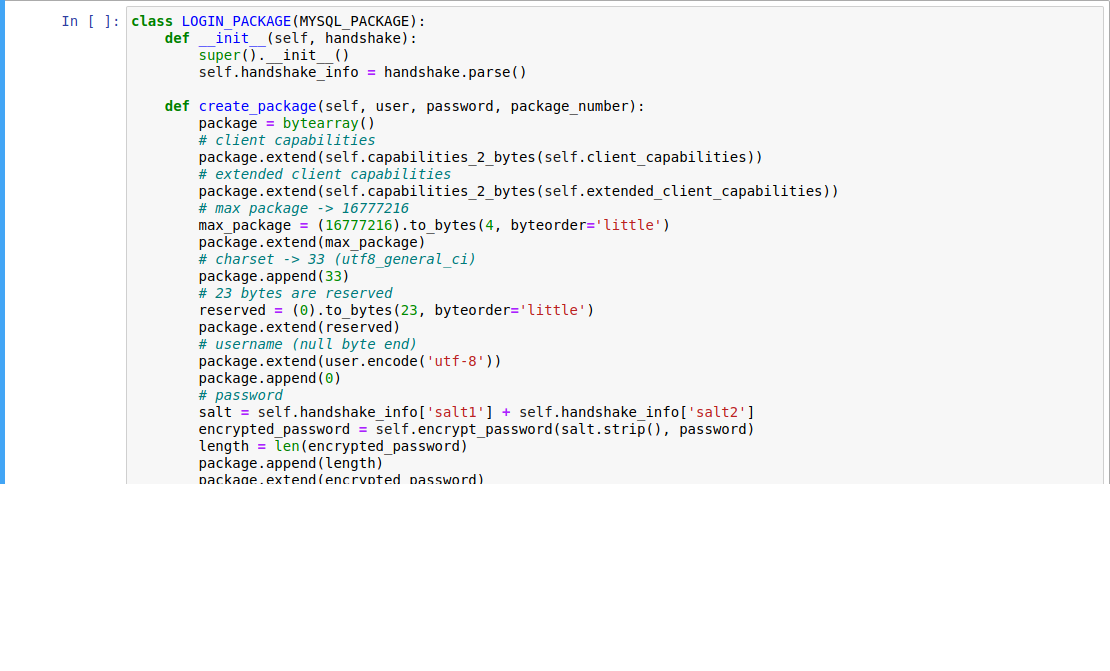 OK package and ERR package are the response package of server after authentication or after sending query to server on command phase.
OK package and ERR package are the response package of server after authentication or after sending query to server on command phase.


